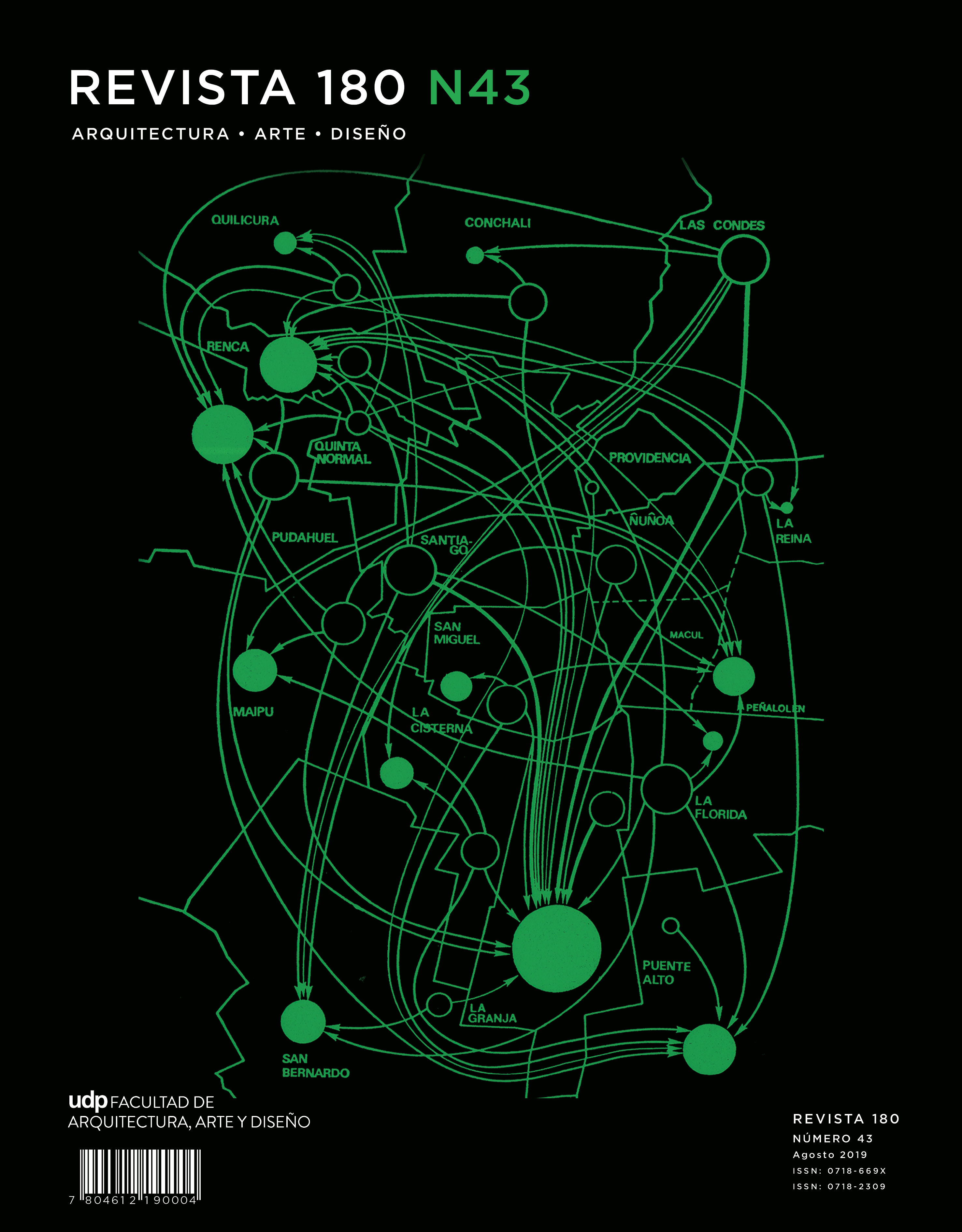Architectural design and audiovisual methods in the (in) accessibility of disabled people to the residential environment
Published 2019-08-16
Keywords
- access,
- architectural design methods,
- audiovisual ethnography,
- disability,
- residential environment
How to Cite
Abstract
This article presents a research methodology developed for a study on the access to, and spatial experience of disabled people in, their homes and neighborhoods. It is based on the combined use of architectural design methods and audiovisual ethnographies. Although the research focuses on social housing and its neighbourhood settings, the methodology developed may be applicable to general housing, and other public spaces and buildings. The article is divided into four parts. First, it develops a discussion around the conceptions of disability, stating the epistemological position of this research. It also reviews approaches on the study of the activities of daily living and the spatial experience of disability in the built environment, presenting the research underpinning this article. The second part explains the methodology used in the study, showing the innovations developed in the course of the fieldwork. The third part presents research findings. Finally, the article concludes by suggesting uses of the applied research methodology and potential developments for the Chilean urban-housing policy.
